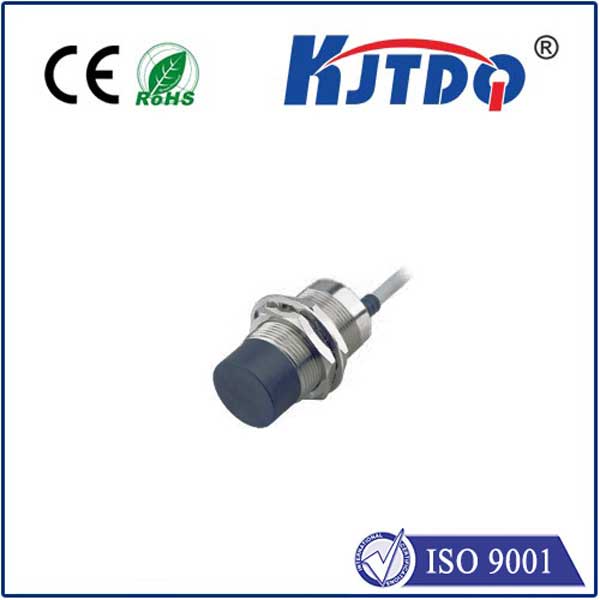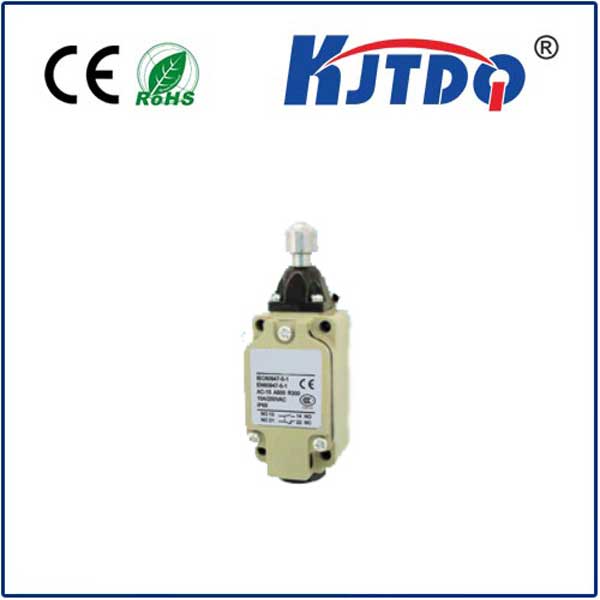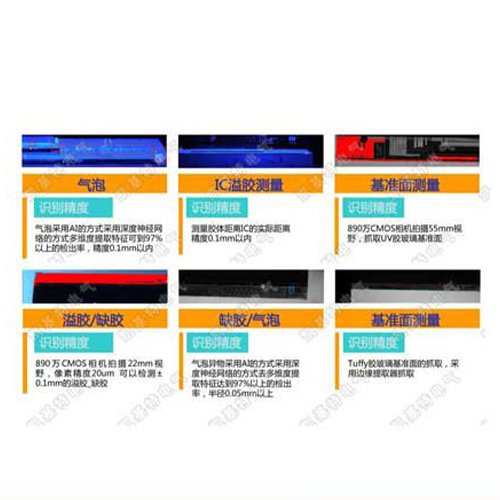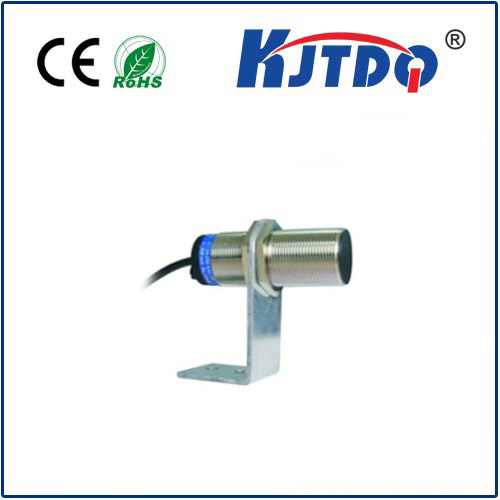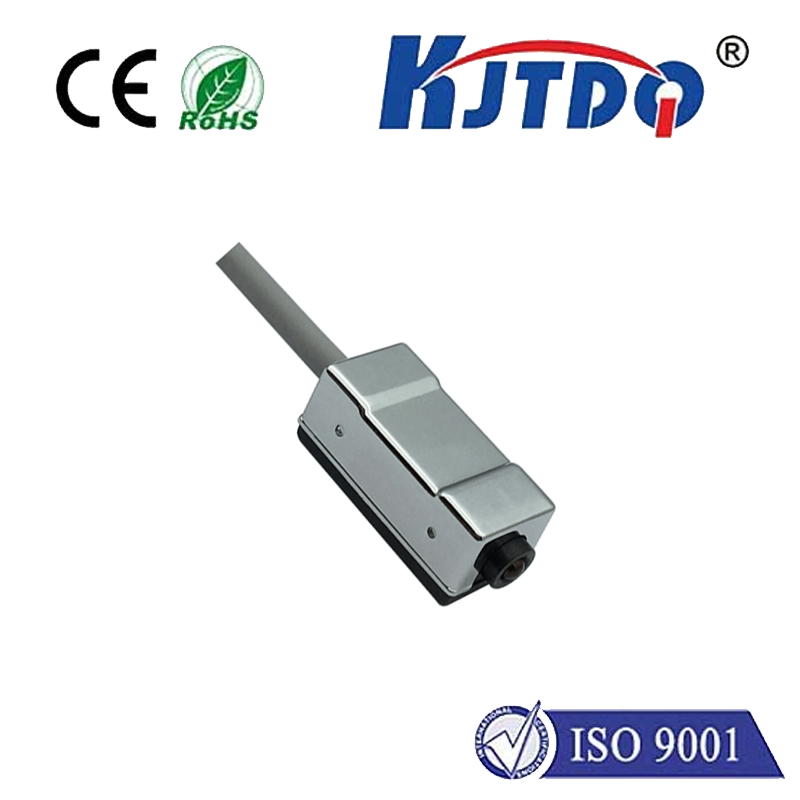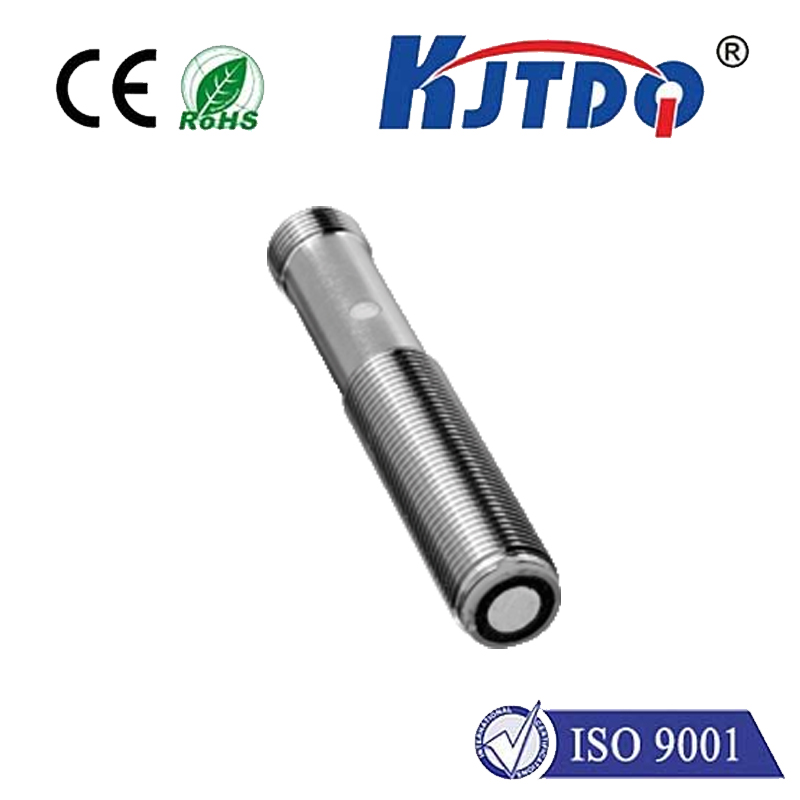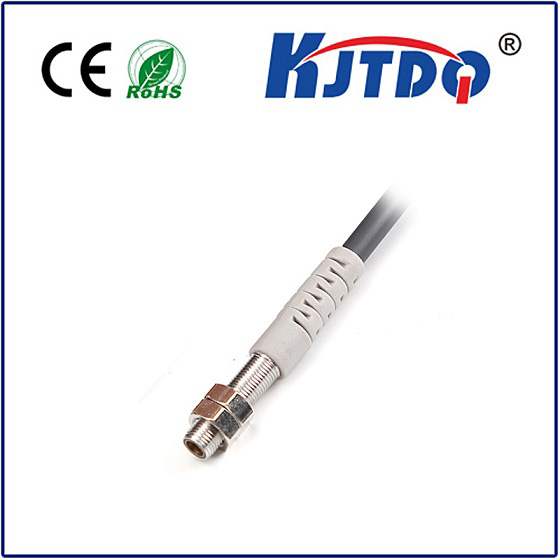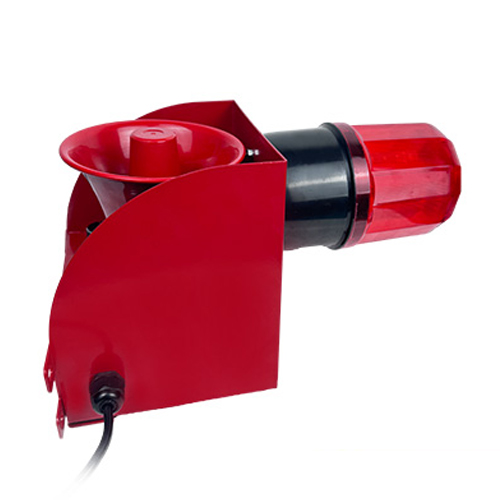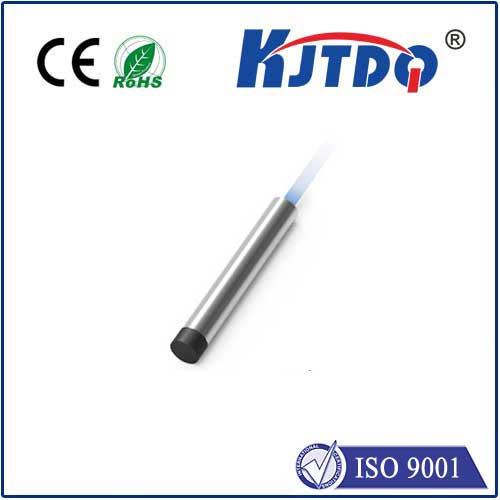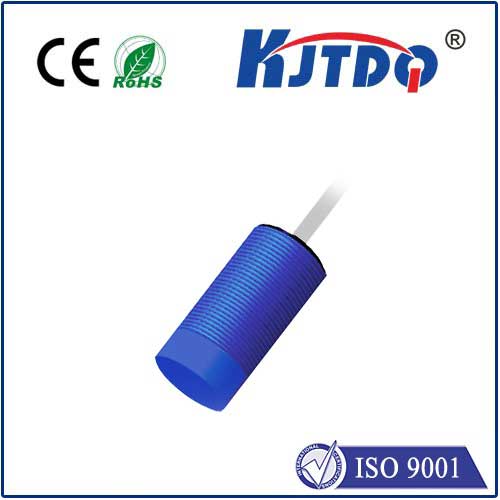spesifikasi sensor proximity
- time:2025-07-18 08:06:35
- Click:0
Spesifikasi Sensor Proximity: Mastering the Key Parameters for Optimal Selection
Though they often operate unseen, proximity sensors are the silent sentinels governing countless automated processes. From ensuring robotic arms pick parts accurately to verifying a car door is closed, these non-contact detection devices are fundamental. However, selecting the right sensor hinges critically on understanding its spesifikasi – its specifications. Misinterpreting or overlooking key parameters can lead to system failures, downtime, and unnecessary costs. This guide demystifies proximity sensor specifications, empowering you to make truly informed decisions for your application.
Beyond “It Detects”: Decoding Core Sensing Specifications
At the heart of any proximity sensor spesifikasi sheet lies its detection capabilities. Here’s what truly matters:
- Sensing Distance (
Sn): This is arguably the most critical parameter. It defines the maximum distance at which the sensor can reliably detect a standard target. Crucial distinctions exist:
- Nominal Sensing Distance (
Sn): The theoretical value under ideal, standardized conditions (defined by IEC 60947-5-2). Think of it as a baseline for comparison between sensors. It is not the guaranteed operating distance.
- Effective Operating Distance (
Sr): The actual, usable range under real-world conditions (temperature, voltage, etc.), typically 0.8-0.9 times Sn. This is the figure you must design around.
- Assured Operating Distance (
Sa): A conservative guarantee (usually 0.5-0.8 times Sn) ensuring detection even with manufacturing tolerances, temperature drift, and voltage fluctuations. Use this for critical safety applications.
- Hysteresis: The difference between the switch-on point (as target approaches) and switch-off point (as target moves away). This prevents rapid switching (“chatter”) when a target lingers near the sensing edge. Adequate hysteresis is vital for stable operation.
- Target Influence: Detection range depends heavily on the target’s material, size, and shape. Specs usually define
Sn for:
- Material: Ferrous metals (mild steel) are detected at maximum range for inductive sensors. Non-ferrous metals (aluminum, brass) and non-metals require capacitive sensors and have significantly shorter ranges. Always check the specified target material.
- Size: The target must meet or exceed the sensor’s specified “standard target” size (e.g., 1” x 1” x 1mm thick for inductive). Smaller targets reduce
Sr.
Electrical Characteristics: Powering and Communicating
Precise electrical spesifikasi ensure compatibility with your control system:
- Operating Voltage Range: The sensor needs stable power. Common ranges include 10-30V DC for industrial sensors. Operating outside this range can damage the sensor or cause erratic behavior.
- Output Type & Configuration: How does the sensor signal detection?
- NPN (Sinking): The output connects the load to ground (-) when active. Common in Asia and for PLC sink inputs.
- PNP (Sourcing): The output connects the load to positive (+) when active. Common in Europe and for PLC source inputs. Getting NPN vs PNP wrong means the signal won’t interface with your controller.
- NO (Normally Open) / NC (Normally Closed): Defines the output state without a target present. NO is open circuit (off), NC is closed circuit (on). Choose based on fail-safe needs.
- Analog Outputs: Some sensors provide a continuous voltage or current (e.g., 4-20mA, 0-10V) proportional to distance, not just on/off.
- Current Consumption & Load Capacity: How much current does the sensor draw? How much current can its output switch? Ensure the load (e.g., PLC input, relay coil) doesn’t exceed the sensor’s max switching current.
- Response Time: How quickly can the sensor react to the appearance or disappearance of a target? Ranges from microseconds to milliseconds. Critical for high-speed applications.
Environmental Resilience: Built to Last
Specifications guarantee the sensor can withstand its operating environment:
- IP Rating (Ingress Protection): Defines protection against solids (first digit) and liquids (second digit). Common ratings:
- IP67: Dust-tight & protected against temporary immersion (1 meter for 30 mins).
- IP68: Dust-tight & protected against continuous immersion (depth/time specified by manufacturer). Essential for wet, dirty, or washdown environments.
- IP69K: Dust-tight & protected against close-range high-pressure, high-temperature water jets.
- Temperature Range: Specifies the ambient operating and storage temperature limits. Exceeding these can shorten lifespan or cause failure. Includes ranges for the sensing face and the housing.
- Material Construction: Housing material (e.g., nickel-plated brass, stainless steel 316L, PBT plastic) determines resistance to chemicals, impacts, and corrosion. Match the housing to the environmental hazards.
Installation & Physical Considerations
Ignoring mechanical spesifikasi leads to mounting headaches and performance issues:
- Housing Style: Cylindrical (threaded e.g., M8, M12, M18, M30) or rectangular/blocks. Determines mounting method.
- Flush vs Non-Flush Mounting:
- Flush-Mountable Inductive Sensors: Can be embedded in metal without affecting performance. Shorter
Sn than non-flush types.
- Non-Flush Inductive Sensors: Offer longer
Sn but must have clearance around the sensing face (free of surrounding metal).
- Mounting Dimensions & Clearances: Precise thread size, length, wrench flats, and crucially, the required lateral and axial clearance around the sensor (especially for non-flush types). Violating clearance requirements drastically reduces sensing distance. A common rule is maintaining a “3x sensor diameter” clearance zone.
- Connection Type: Pre-wired cable (specify length), quick-disconnect (M8, M12 connectors), or terminal block.
Navigating the Spec Sheet: Putting it All Together
Selecting a sensor isn’t about finding the highest numbers; it’s about matching the spesifikasi precisely to your application’s reality. Ask:
- What material, size, and approach speed does the actual target have?
- What is the exact physical distance the sensor needs to detect at? Factor in mounting constraints and required
Sa.
- What electrical system is it connecting to (Voltage? NPN/PNP? NO/NC?)? This is non-negotiable.
- What harsh conditions exist (dust, moisture, chemicals, temperature extremes, impacts)?
- How is it physically mounted (space available, flush/non-flush, clearances)?
- How fast does it need to react?
By meticulously comparing these application demands against the proximity sensor’s spesifikasi, you move beyond guesswork. You ensure reliable detection, seamless integration, and long-term durability, enabling your machines and processes to operate flawlessly. Understanding these parameters transforms a complex datasheet into a clear roadmap for successful implementation.





